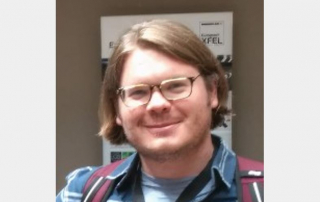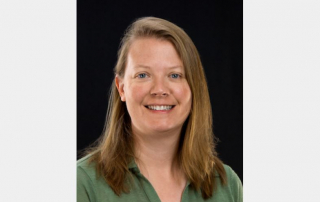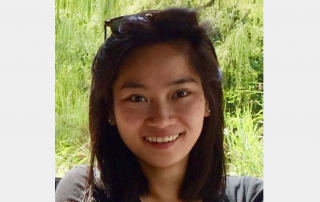New twists on chemistry and physics in atomically layered materials
Atomically thin or two-dimensional (2D) materials can be assembled into bespoke heterostructures to produce some extraordinary physical phenomena. Likewise, these highly tunable materials are useful platforms for exploring fundamental questions of interfacial chemical/electrochemical reactivity. One exciting and relatively recent example is the formation of moiré superlattices from azimuthally misoriented (twisted) layers. These moiré superlattices result in flat bands that lead to an array of correlated electronic phases. However, in these systems, complex strain relaxation can also strongly influence the fragile electronic states of the material. Precise characterization of these materials and their properties is therefore critical to the understanding of the behavior of these novel moiré materials (and 2D heterostructures in general). In this talk, I will discuss how spontaneous mechanical deformations (atomic reconstruction) and resultant intralayer strain fields at moiré superlattices of twisted bilayer graphene have been quantitatively imaged using 4D-STEM Bragg interferometry. I will also discuss the impact of these mechanical deformations to the electronic band structure of these moiré superlattices and the correlated electronic phases they host. The talk will then explore how various degrees of freedom that are unique to 2D materials may be used to tailor interfacial chemistry at well-defined mesoscopic electrodes and the outlook for new paradigms of functional materials for energy conversion and low-power electronic devices.



